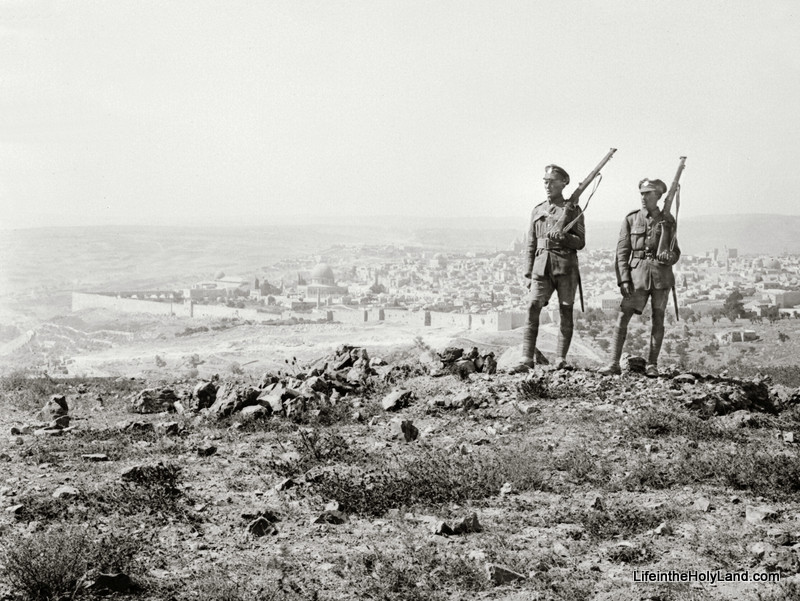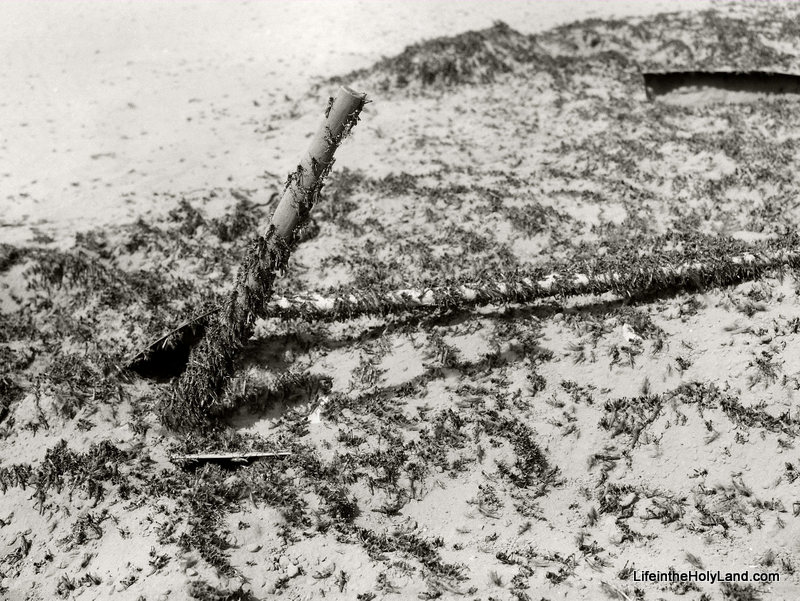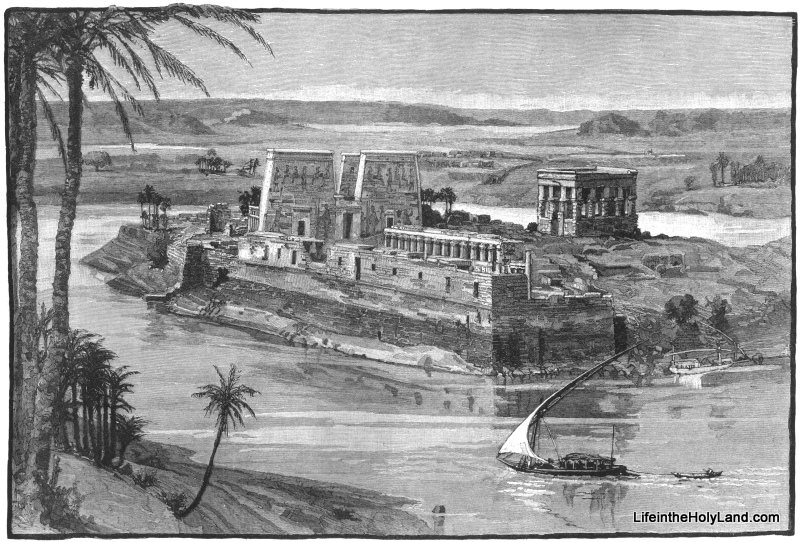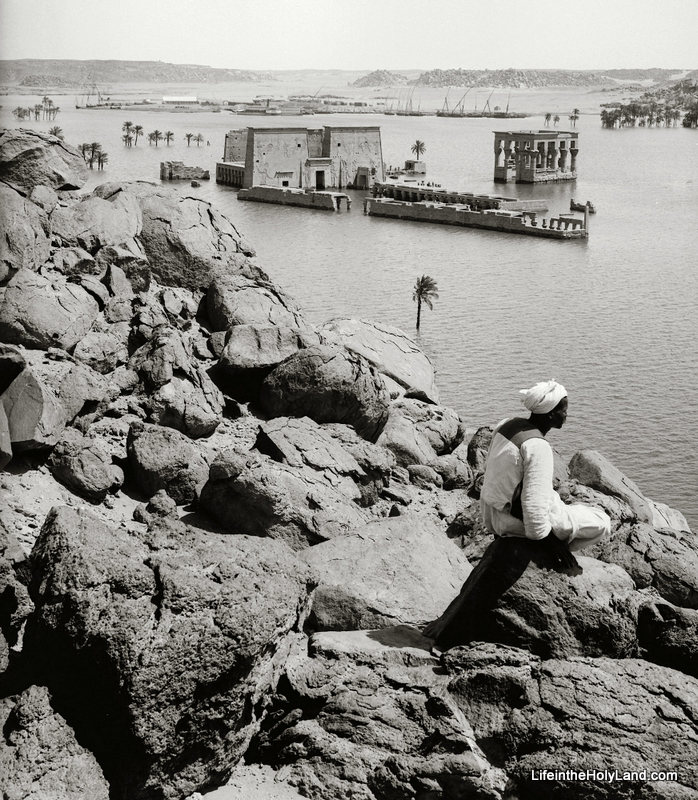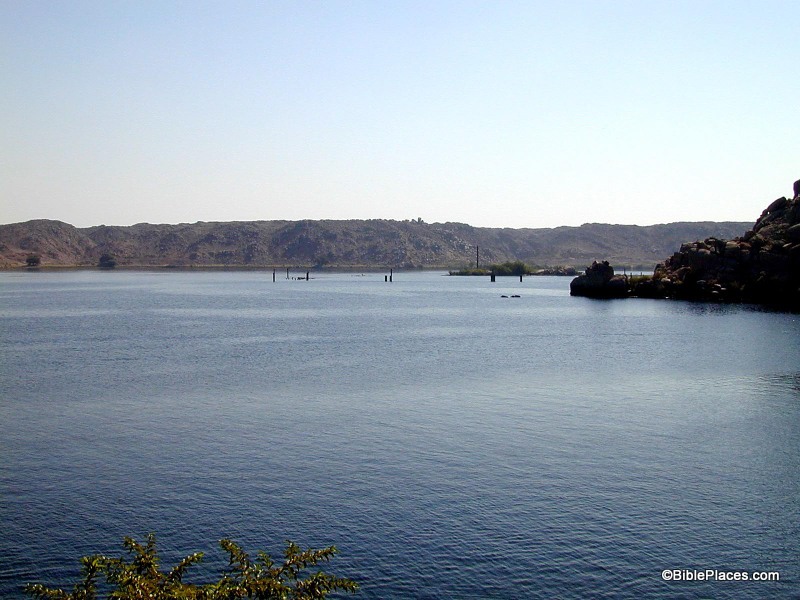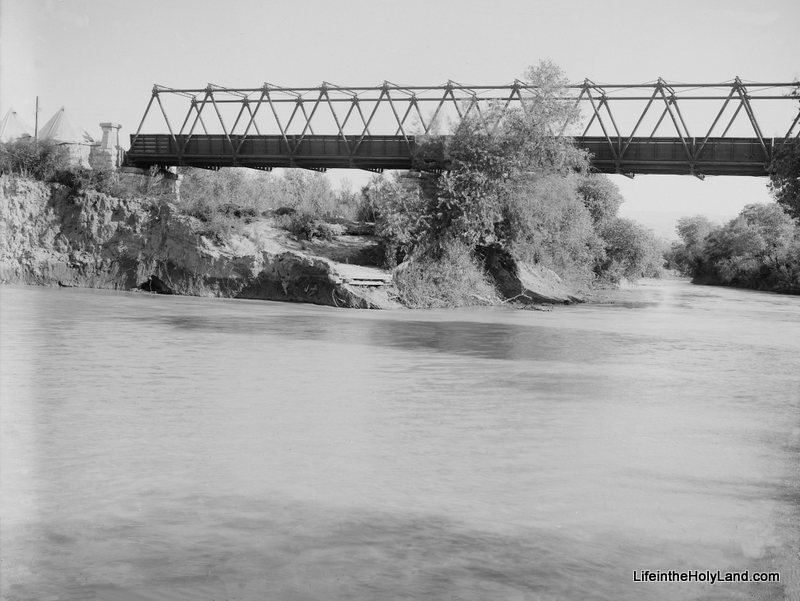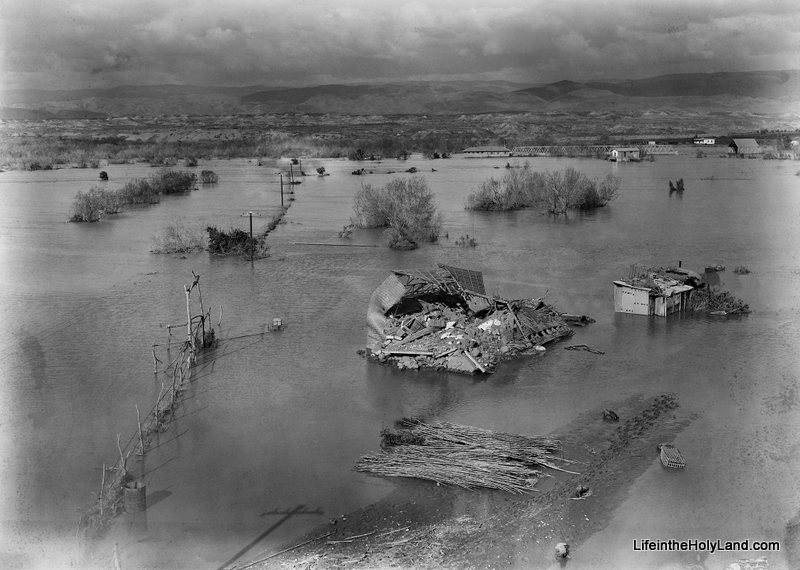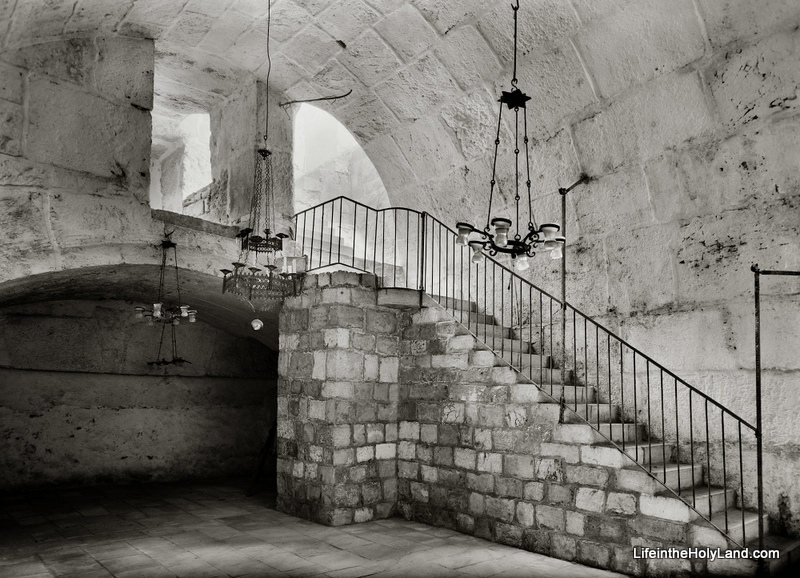(Post by Seth M. Rodriquez)
Our picture of the week captures the essence of the time when the British ruled over the Holy Land. I’m not referring to the Crusades (although that is a fascinating period as well), but rather the time of Britain’s successful military campaign in Palestine during World War I and the British Mandate period which followed. From 1917 to 1948, the British maintained control over the territory of Palestine … or at least they did the best they could to maintain control over a quarrelsome local population.
The photograph comes from Volume 7 of the American Colony and Eric Matson Collection, which focuses on early 20th century history. This volume is described in the following way on LifeinthHolyLand.com: “This CD includes more than 400 selected photographs of important figures and events from the pre-1948 history of Palestine, including the visit of Kaiser Wilhelm to Jerusalem (1898), the surrender of Jerusalem (1917), the Arab Riots (1920s), the founding of Hebrew University (1925), and Zionist projects in Palestine.” Several photos from the collection can be seen here. It is an invaluable collection for anyone interested in this formative period of Israel and Palestine’s history.
The photograph was taken shortly after the surrender of Jerusalem in 1917. Two British sergeants armed with rifles are standing on Mount Scopus with the Old City of Jerusalem in the background.
Through the haze you can see the city walls and the Dome of the Rock. For the next 30 years, scenes like this would be common in Palestine: the British keeping watch over the holy sites and the local population.
In his book A Peace to End All Peace, historian David Fromkin describes the military campaign of the British in the following way as General Allenby and his troops swept into the region from the south:
In the autumn of 1917 Allenby invaded Palestine. The Turks and their German commanders expected him to launch his attack on coastal Gaza, the obvious gateway to Palestine; but its defenses and defenders were well prepared and Allenby merely feinted at it while, with stealth and speed, his main forces swung around through the desert to attack inland at Beersheba instead. The Ottoman forces were taken by surprise, and fell back in disarray…. Allenby, having pushed the Turkish right flank north of Jaffa, then thrust through the Judaean hills, and captured Jerusalem … On 11 December 1917 General Sir Edmund Allenby and his officers entered the Holy City of Jerusalem at the Jaffa Gate, on foot. At the Citadel, Allenby read out a proclamation placing the city under martial law. To the French representative, Picot, Allenby explained that the city fell within the military zone, so that authroity in the area was vested solely in the commanding general. As commanding general, Allenby would decide how long the area would remain under an exclusively military administration. Only when he deemed that the military situation permitted him to do so, said Allenby, would he allow civil administration to be instituted. (David Fromkin, A Peace to End All Peace [New York: Henry Holt and Company, 1989] pp. 311-312.)
Thus began a 30-year period when the British controlled the Holy Land.
This picture and over 400 others are included in Volume 7 of the American Colony and Eric Matson Collection, and can be purchased here for $15 (with free shipping). A photograph of Allenby’s entrance into Jerusalem is available here on LifeintheHolyLand.com, and a photo of German prisoners of war entering Jerusalem in 1917 is available here.
